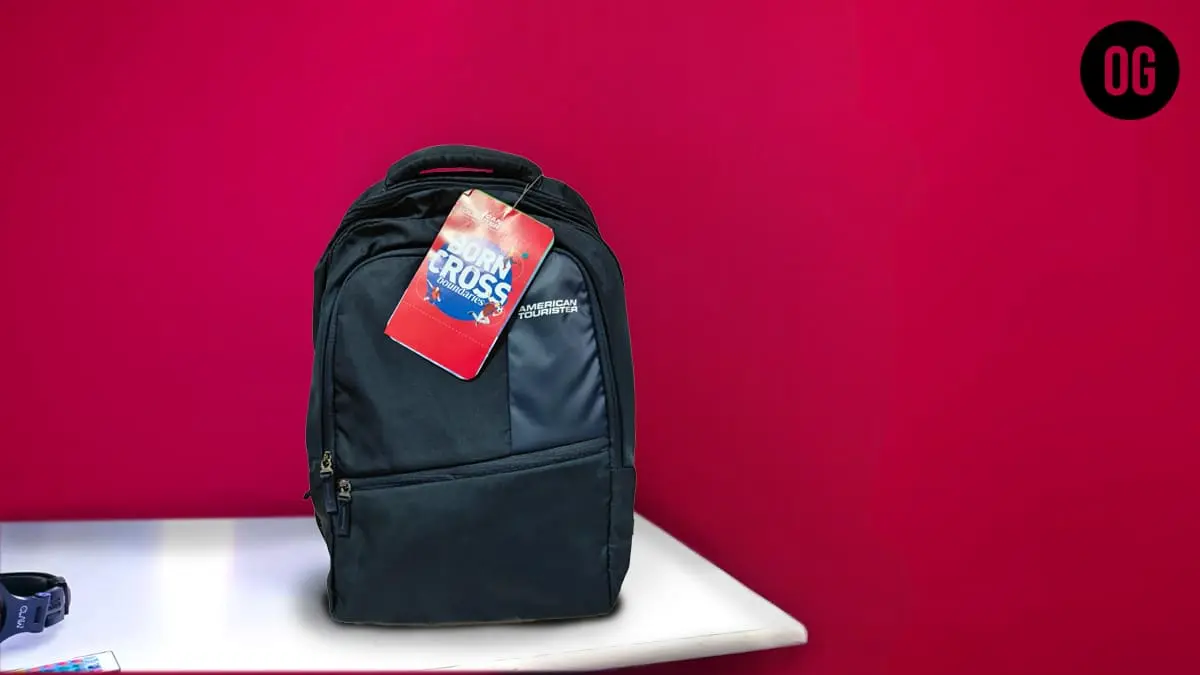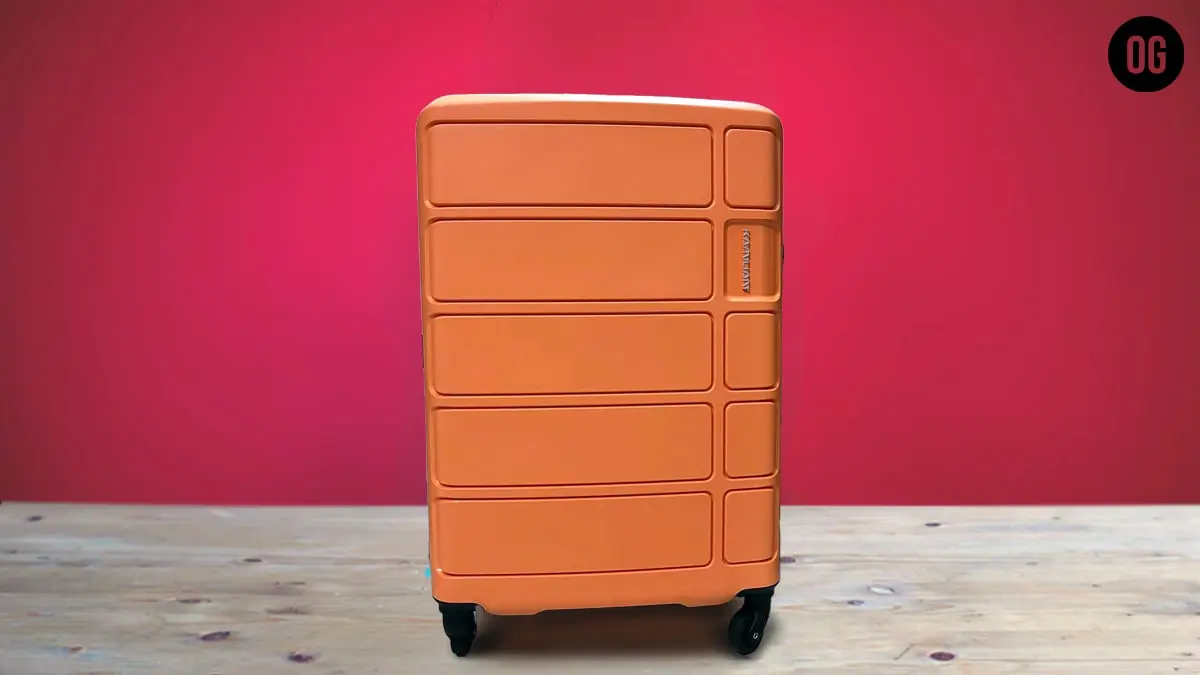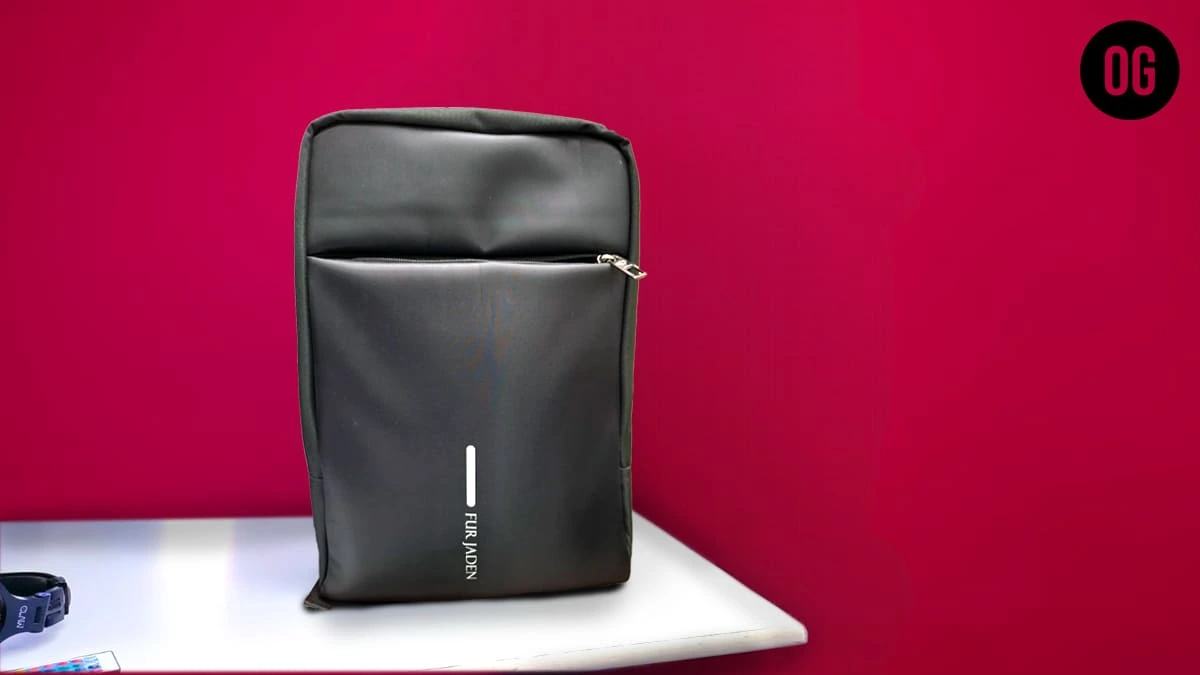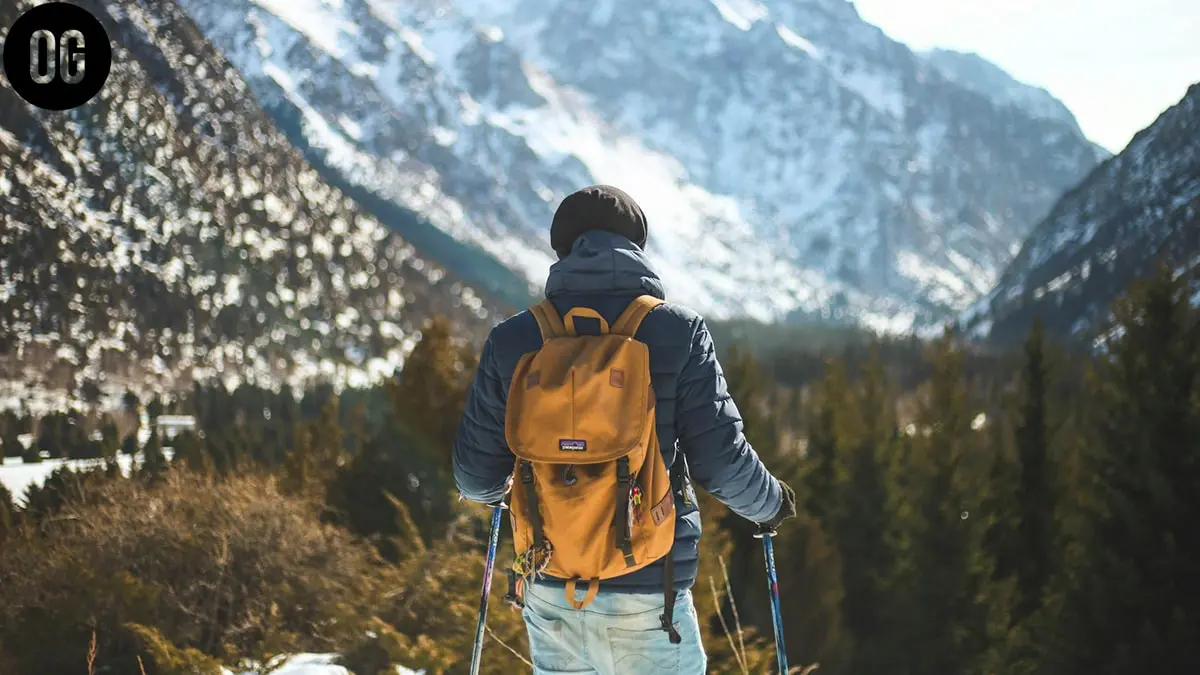10 Critical Points on How To Pack a Backpack For Overnight Camping
How To Pack a Backpack For Overnight Camping/Hiking? It is a very crucial question that you must know before any type of trip because it is the backbone of your trip.
Table of Contents

Preparing for an overnight backpacking trip requires a smart approach to gear selection, similar to longer excursions. Prioritize lightweight gear to ensure a manageable load, enhancing the enjoyment of your journey, regardless of its length.
Eric Larsen, a seasoned polar explorer and guide, emphasizes aligning your gear choices with your backpacking intentions. Whether you plan a leisurely weekend by an alpine lake or a swift, minimalistic hike, understanding your goals and preferences guides your gear selection.
The backpack is your equipment’s backbone, supporting everything you carry. Finding the right fit tailored to your torso, waist, and shoulders ensures comfort and efficiency. Opt for a pack that matches your storage needs and aligns with your objectives.
While ample pack space allows for extra gear and food, it also invites the temptation to overload. Remember, excess weight slows you down and reduces hiking comfort.
Larsen advises against haphazardly adding items to your pack, advocating for a balanced approach. While embracing minimalism, ensure you don’t compromise on essential items. Sometimes, it’s wiser to carry and not need an item than to require and lack it.
Triple Crown thru-hiker Chris Reamer suggests a hands-on approach when choosing a pack. Visit local stores to test various brands and styles with your gear’s weight. Simulate trail movements, such as accessing a raincoat or snacks, to gauge the pack’s comfort and functionality.
Ultimately, investing time in selecting the right backpack and gear tailored to your backpacking goals significantly impacts your overall experience on the trail.
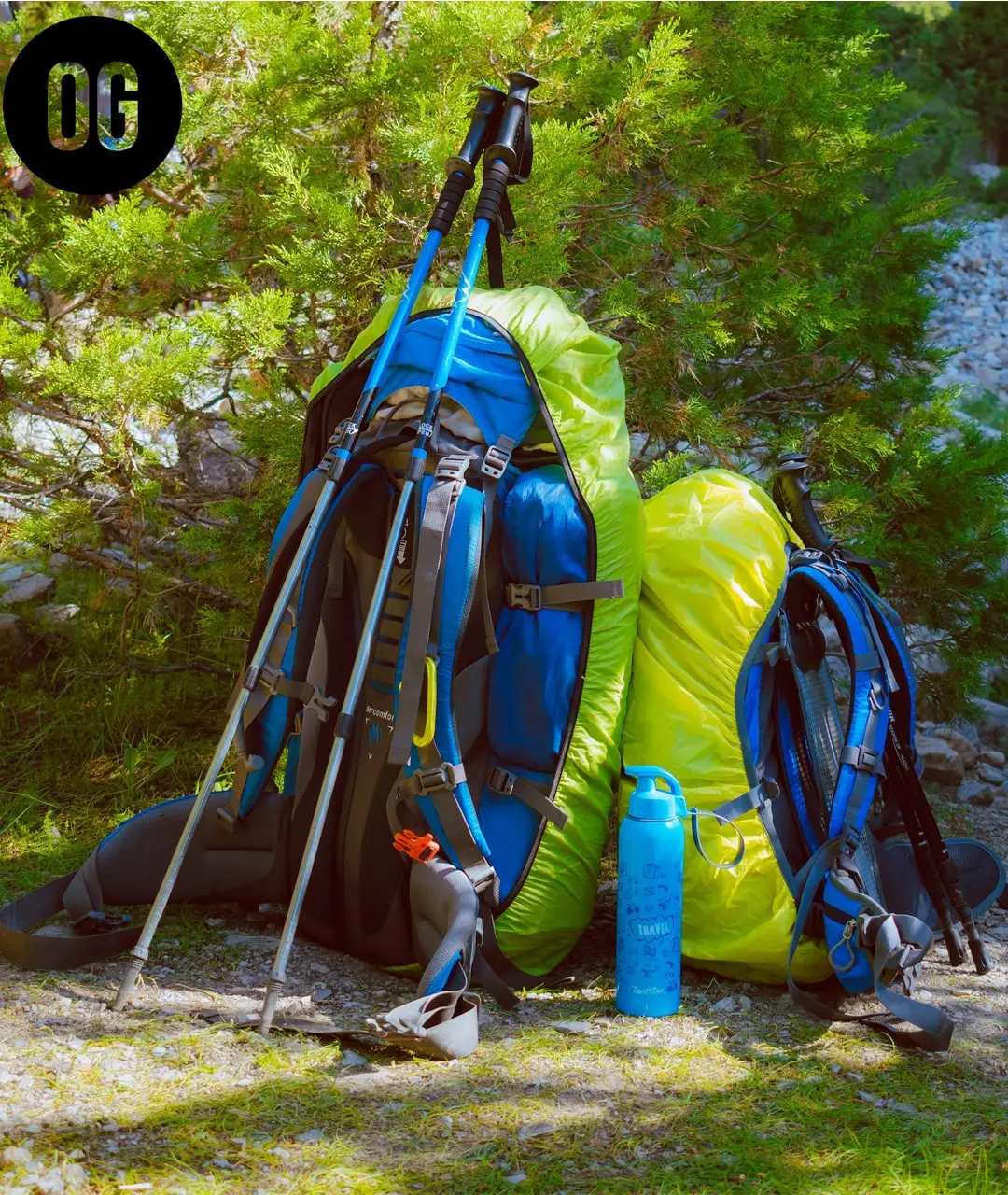
Essential Gear for Overnight Camping
Shelter
Shelter is the cornerstone of camping comfort and safety. Choosing the right tent is vital, considering size, weight, and weather resistance. For an overnight trip, a lightweight, easy-to-pitch tent is ideal.
Ensure it accommodates the number of campers and offers proper ventilation. Complement it with a durable groundsheet and a rainfly for added protection against the elements.
For those preferring minimalist setups, hammocks or bivvy sacks offer alternatives. Regardless of choice, prioritize a shelter that suits the environment and provides a secure haven for a restful night amidst nature’s beauty.
Related: 7 Best Tents For Camping And Backpacking
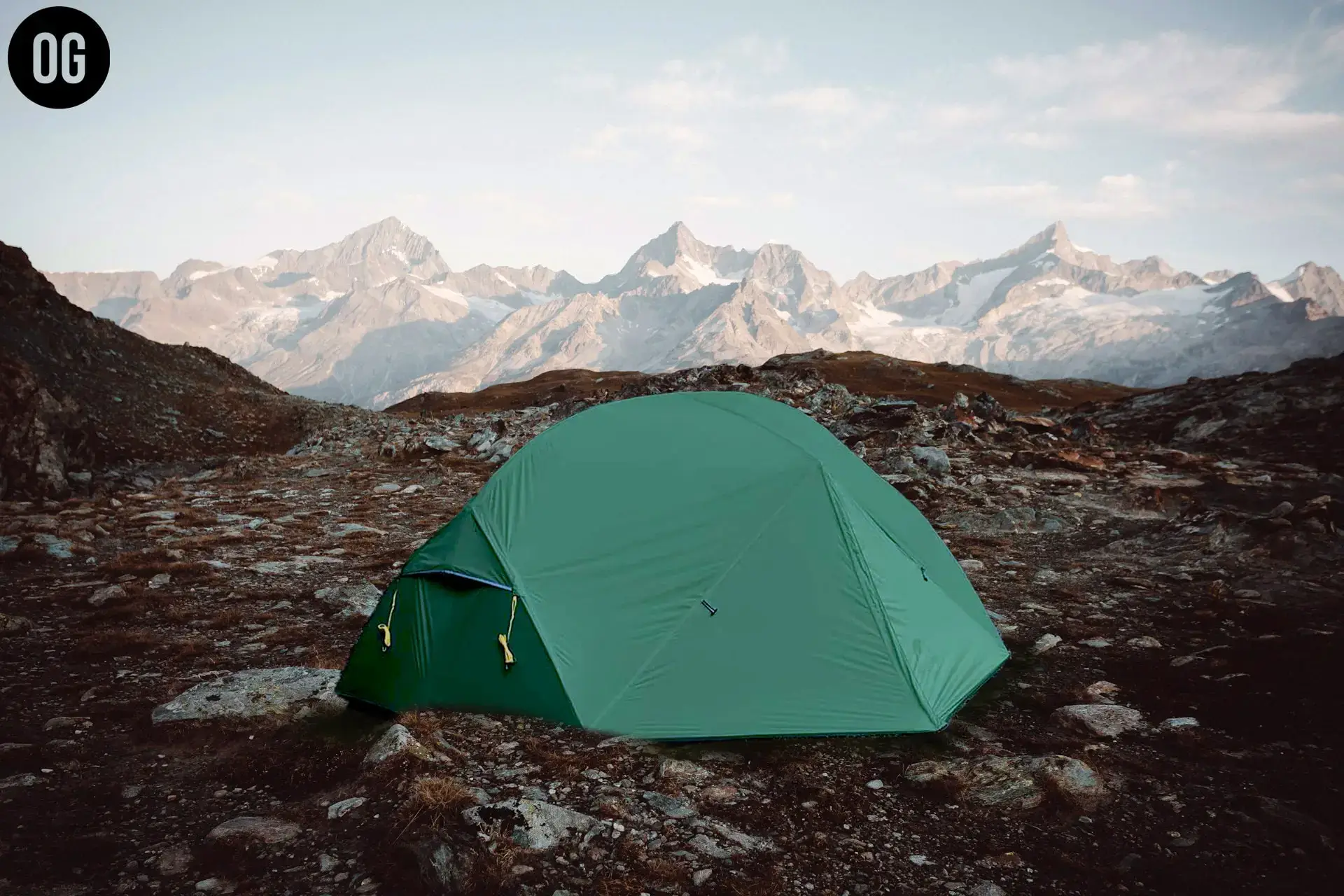
Tent selection and considerations
- Size Matters: Opt for a tent slightly larger than your group size for added space and comfort.
- Seasonal Suitability: Consider the tent’s seasonality; 3-season tents suffice for most conditions, while 4-season tents endure harsh weather.
- Weight and Portability: Ultralight tents are ideal for backpacking, while car camping allows for heavier, more spacious options.
- Design Considerations: Freestanding or dome tents offer versatility, while tunnel or geodesic designs provide stability in windy conditions.
- Material and Durability: Look for durable materials, waterproofing features, and sturdy zippers to withstand varying weather conditions.
- Ease of Setup: Quick-pitch or color-coded systems simplify assembly, which is crucial when setting up in adverse weather.
- Vestibules and Extras: Vestibules add storage space, while extras like gear lofts and interior pockets enhance organization within the tent.

Sleeping bag and sleeping pad
- Temperature Rating: Choose a sleeping bag rated for the lowest expected temperature, considering the insulation type (synthetic or down) and weight.
- Insulation and Fill: Down-filled bags offer a superior warmth-to-weight ratio, while synthetic fills perform better in damp conditions and are hypoallergenic.
- Bag Shape: Mummy-shaped bags offer efficient warmth retention, while rectangular bags provide more room to move but may sacrifice warmth.
- Sleeping Pad R-Value: Consider the pad’s R-value for insulation against the ground; higher R-values are better for colder conditions.
- Pad Type: Inflatable pads provide comfort and packability, while foam pads prioritize durability and insulation.
- Thickness and Comfort: Choose a pad thickness that balances comfort with weight and packability for a restful night’s sleep.
- Compatibility: Ensure the sleeping bag and pad work well together, minimizing drafts and optimizing insulation for a cozy night outdoors.
Cooking and Food Supplies
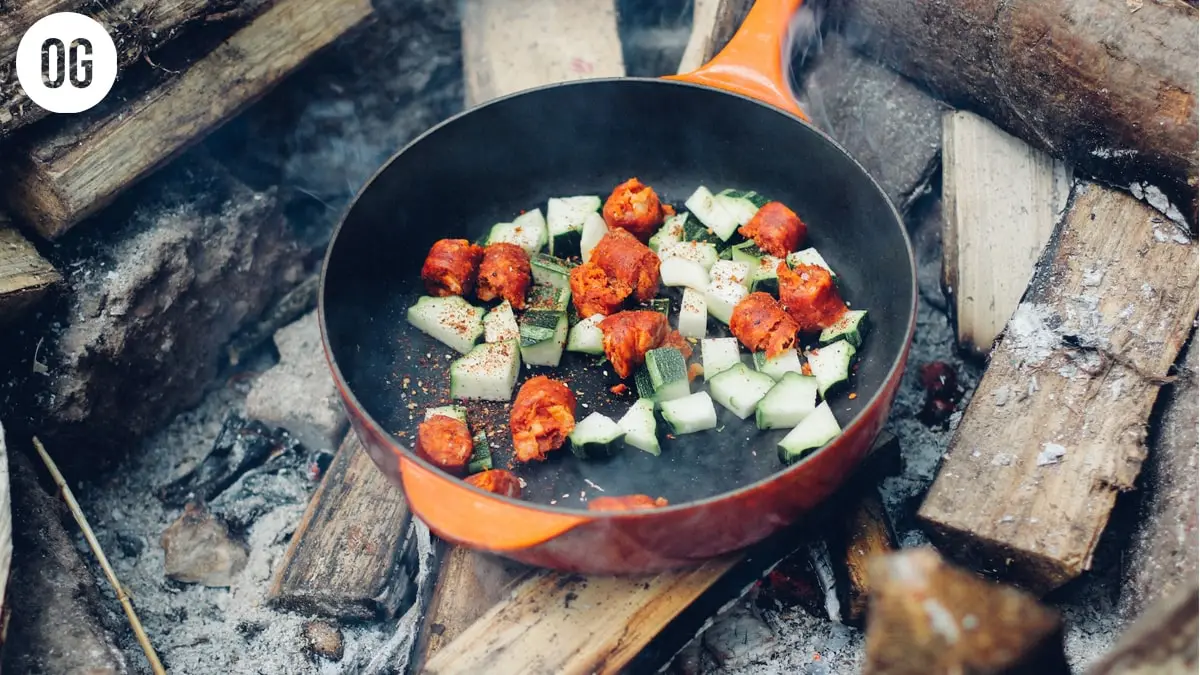
Camp stove or alternative cooking methods
- Camp Stove Types: Consider different camp stove options: canister stoves, liquid fuel stoves, or alternative fuel options like alcohol or solid fuel.
- Fuel Efficiency: Evaluate the stove’s fuel efficiency and availability based on your camping location and duration of stay.
- Boil Time and Simmering Capability: Look for stoves with quick boil times and adjustable flame control for versatile cooking.
- Stability and Sturdiness: Prioritize stoves with stable bases and sturdy construction to support cookware and ensure safety during use.
- Portability and Weight: Choose lightweight and compact stoves for backpacking, while larger or heavier stoves suit car camping or group trips.
- Ease of Ignition: Select stoves with reliable ignition systems or consider carrying backup fire-starting methods for reliability in different conditions.
- Compatibility with Cookware: Ensure the stove is compatible with your preferred cookware and consider integrated systems for convenience and efficiency.
Food items suitable for backpacking
- Caloric Density: Opt for lightweight, high-calorie foods to sustain energy levels without adding excessive weight.
- Dehydrated Meals: Pack dehydrated or freeze-dried meals for convenience, reduced weight, and minimal preparation.
- Instant Foods: Choose instant rice, pasta, or oatmeal for quick and easy cooking, requiring minimal fuel and preparation time.
- Nutrient-Dense Snacks: Include nuts, seeds, dried fruits, and energy bars for quick, high-energy snacks during hiking breaks.
- Powdered or Packaged Foods: Carry powdered milk, soup mixes, or packaged sauces to add flavor and variety to meals without adding much weight.
- Single-Serve Packets: Opt for individual servings of condiments, spices, or flavorings to enhance meals without carrying bulky containers.
- Fresh Foods: Consider durable fresh produce like apples, carrots, or hard cheeses for the first day or two of the trip before they spoil.
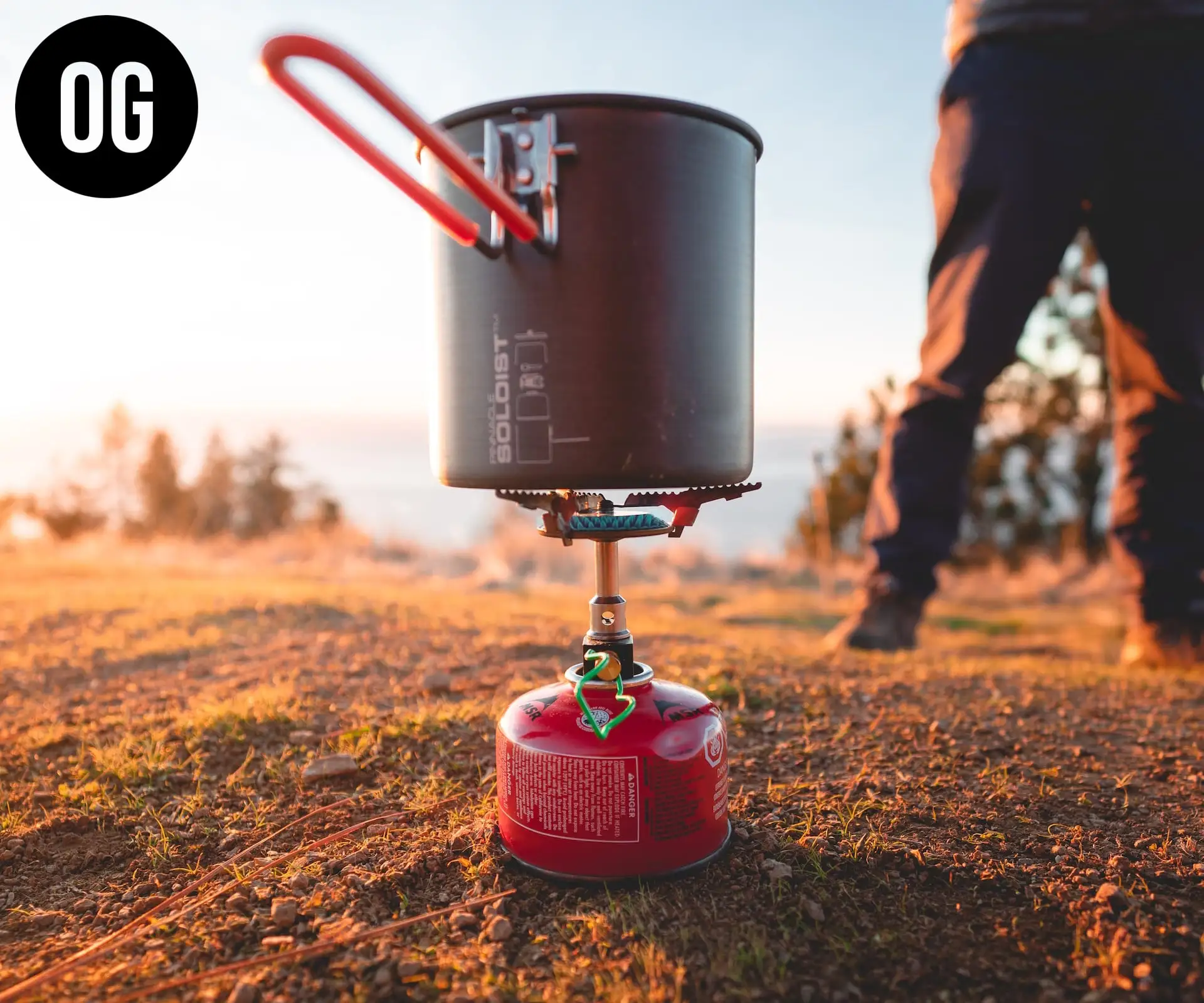
Lightweight utensils and cookware
- Titanium or Aluminum: Choose lightweight materials like titanium or aluminum for pots, pans, and utensils to reduce overall pack weight.
- Compact Design: Look for collapsible or nesting cookware sets that save space in your backpack.
- Multi-Functional Tools: Opt for utensils that serve multiple purposes, like sporks or utensil sets with integrated bottle openers or can openers.
- Non-Stick Coatings: Consider cookware with non-stick coatings for easy cooking and cleaning, reducing the need for excess oil or scrubbing.
- Heat Distribution: Ensure cookware has even heat distribution to prevent hot spots and facilitate efficient cooking.
- Durable and Sturdy: Prioritize durable cookware that can withstand outdoor conditions without compromising functionality or safety.
- Packability: Choose cookware and utensils that fit well together and can be easily packed inside your backpack to optimize space.
Clothing and Personal Items
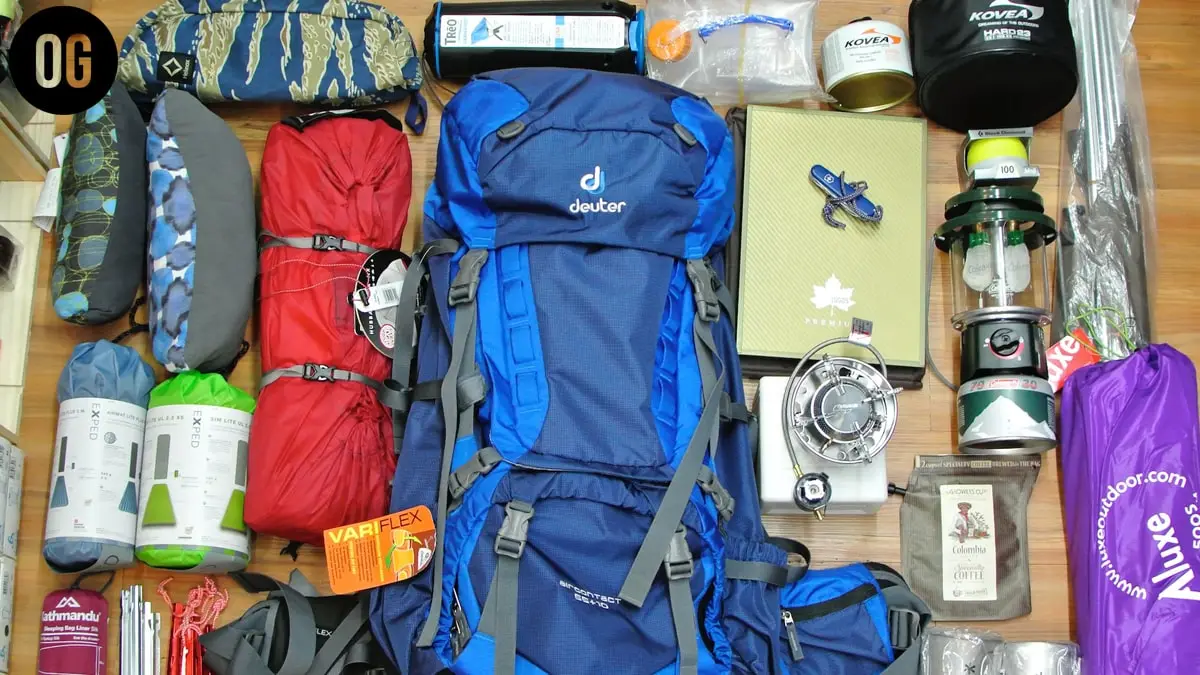
Layering clothing for various weather conditions
- Base Layer: Opt for moisture-wicking and quick-drying materials like merino wool or synthetic fabrics to keep skin dry and regulate body temperature.
- Insulating Layer: Use fleece, down, or synthetic insulated jackets to trap warmth while remaining lightweight and compressible.
- Outer Shell: Select waterproof and windproof outer layers like Gore-Tex jackets to shield against rain and harsh weather conditions.
- Convertible Clothing: Consider convertible pants or zip-off sleeves for versatility in adjusting to changing temperatures.
- Breathable Fabrics: Choose clothing that allows moisture and sweat to escape, preventing overheating and discomfort.
- Layering Adjustability: Ensure clothing layers are easily removable and adjustable to adapt to changing weather conditions throughout the day.
- Extra Layers: Pack additional layers such as hats, gloves, and extra socks to maintain warmth in extremities during colder weather.
Other essential personal gear
- Navigation Tools: Carry a map, compass, or GPS device for navigation, ensuring you stay on track and find your way in unfamiliar terrain.
- First Aid Kit: Pack a comprehensive kit with bandages, antiseptic wipes, pain relievers, and any necessary personal medications.
- Multi-tool or Knife: Carry a versatile tool for various tasks like cutting, repairing gear, or preparing food.
- Headlamp or Flashlight: Ensure reliable illumination for nighttime activities or emergencies; bring extra batteries.
- Firestarter: Pack waterproof matches, a lighter, or fire starters for cooking, warmth, and signaling.
- Personal Hygiene Items: Include travel-sized toiletries like biodegradable soap, toothpaste, and hand sanitizer for cleanliness.
- Emergency Shelter: Carry a lightweight emergency bivy sack or space blanket for unexpected situations.
- Communication Device: Bring a charged mobile phone, satellite phone, or personal locator beacon for emergency communication when in remote areas.
- Extra Supplies: Consider carrying duct tape, rope, or cord, and a small repair kit for gear fixes on the go.
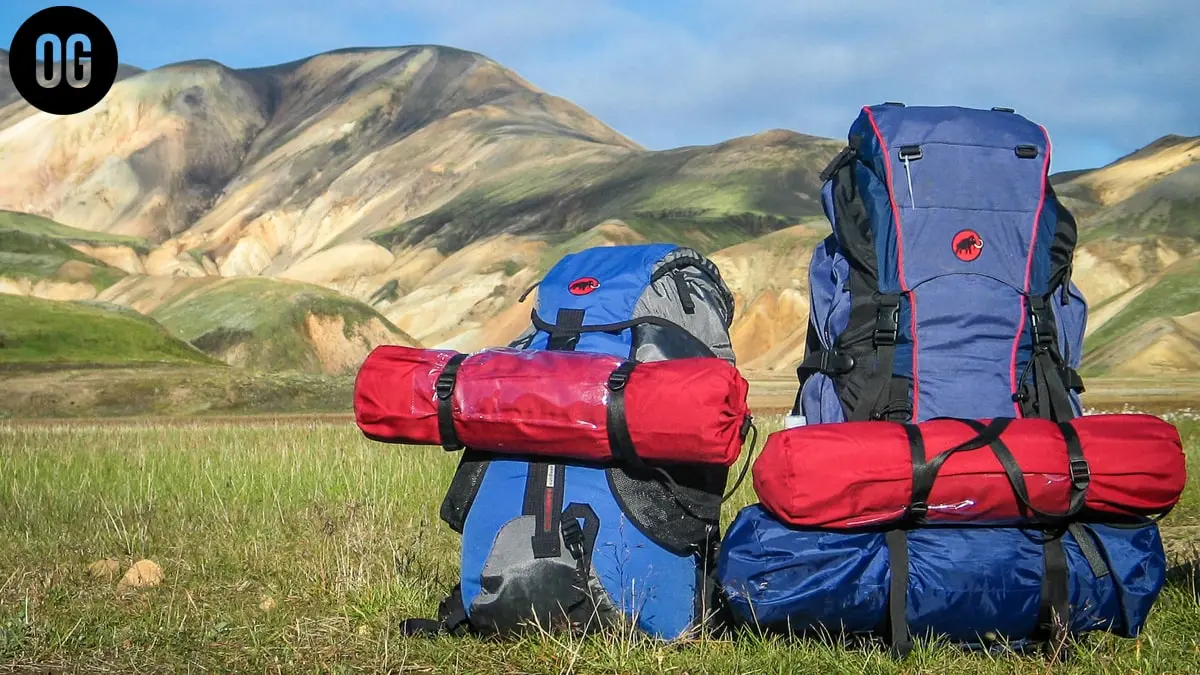
Backpack Selection and Organization
Choosing the right backpack involves considering capacity, fit, and features. Opt for a size that accommodates gear without overloading.
Ensure a comfortable fit by adjusting straps and considering hip belt padding. Look for ventilation features to reduce sweating.
Compartments and pockets aid organizations; prioritize accessibility for frequently used items. Distribute weight evenly, placing heavier gear closer to your back for balance. Utilize compression straps and pack heavier items at the bottom for stability.
Prioritize a backpack with durable material, reinforced seams, and water-resistant coatings to withstand outdoor conditions, ensuring a comfortable and organized journey.
Choosing the right backpack size and type
Selecting the appropriate backpack size hinges on trip duration and gear volume. For overnight camping, a 40-50-liter pack suffices, accommodating essentials without excess bulk.
Longer trips or winter excursions might require 50-70 liters or more. Consider torso length for optimal fit, ensuring the hip belt rests on your hips and shoulder straps hug comfortably.
Frame types vary—internal frames offer stability and balance, while externals suit heavy, bulky loads. Lightweight daypacks suit short hikes, while technical packs with hydration sleeves and multiple compartments cater to diverse needs. Ultimately, the ideal size and type depend on trip duration, gear, and personal comfort preferences.
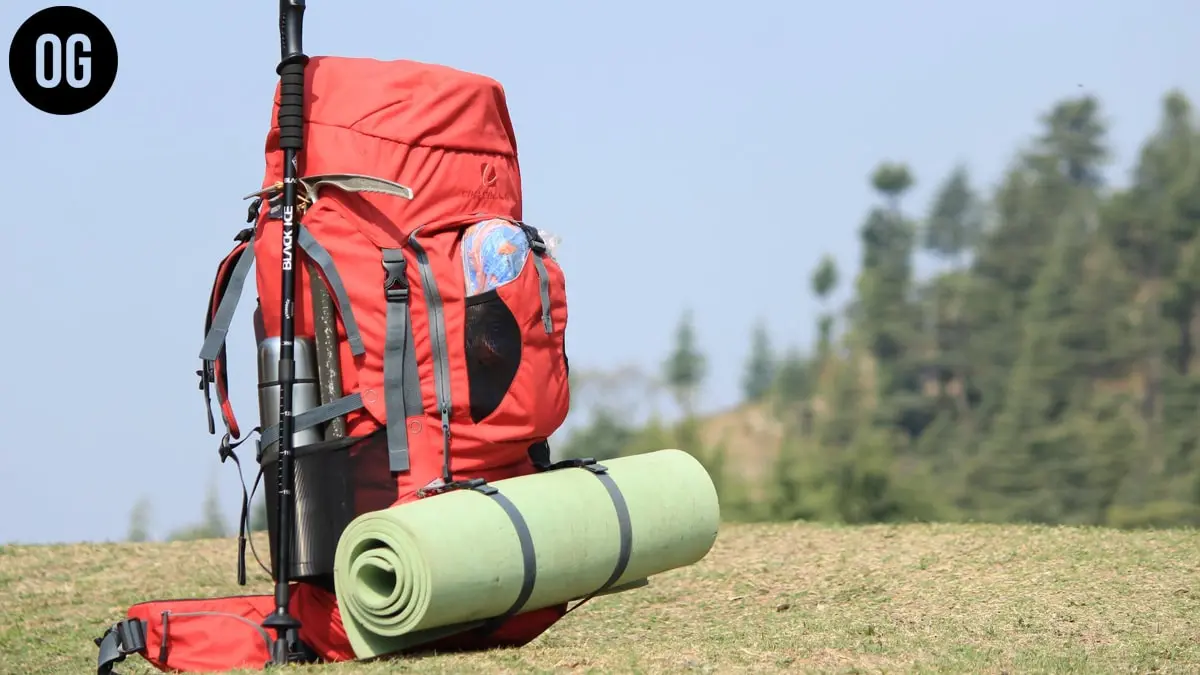
Organizational tips for efficient packing
- Map and Navigation Tools: Keep these readily available to check your route without unpacking your entire bag.
- Water and Water Purification: Ensure quick access to a water bottle or hydration system, along with water purification tablets or filters for refills on the go.
- Snacks and Trail Food: Store easily accessible snacks for quick energy boosts during hikes without interrupting your pace.
- Rain Gear: Keep rain jackets or ponchos handy in exterior pockets for quick retrieval in case of sudden weather changes.
- Headlamp or Flashlight: Store in an exterior pocket for swift access during dusk or emergencies without rummaging through the main compartment.
- First Aid Kit: Have a compact first aid pouch in an easily reachable spot for immediate access to essentials like band-aids, antiseptic wipes, and pain relievers.
Packing Techniques
Grouping items by function
- Sleeping Gear: Consolidate the sleeping bag, sleeping pad, and tent components in one section or stuff sack for easy setup and bedtime preparation.
- Cooking Essentials: Group stove, cookware, utensils, and food items together in a designated pouch or compartment for meal preparation convenience.
- Clothing Organization: Keep clothes grouped by type or use them in separate packing cubes or dry bags for quick access and to prevent cross-contamination.
- Personal Items: Organize hygiene products, first aid kits, and other personal essentials in a designated pocket or bag for easy retrieval when needed.
- Tools and Accessories: Group multi-tools, flashlights, repair kits, and navigation gear together for quick access during emergencies or unforeseen situations.
Rolling vs. folding clothes
- Rolling Clothes:
- Space Efficiency: Rolling minimizes air pockets, maximizing space in the backpack.
- Reduced Wrinkles: Rolling tends to cause fewer wrinkles compared to folding.
- Accessibility: Rolled clothes can be easily identified and accessed without disturbing the entire pack.
- Folding Clothes:
- Neatness: Folding can create a more organized and tidy appearance within the backpack.
- Ease of Packing: Some garments, like dress shirts or pants, may wrinkle less when folded properly.
- Stacking: Folded clothes can be stacked, allowing for more strategic packing in certain backpack compartments.
- Combination Approach:
- Hybrid Technique: Combining rolling and folding can optimize space and minimize wrinkles for different clothing items.
- Layering: Placing folded items at the bottom of the backpack and rolling softer or more pliable clothing on top can offer a balance between neatness and space efficiency.
Compression sacks for bulky items
Compression sacks efficiently reduce the bulk of bulky items like sleeping bags, clothing, or soft gear. Using straps or a zip mechanism, these sacks remove excess air, compacting items to a smaller size.
They optimize space in a backpack, allowing for better organization and maximizing available storage. While reducing volume, they also protect items from moisture and compression damage.
However, compression sacks aren’t ideal for all gear, as compressing some materials for extended periods may affect their longevity. Still, for creating extra space and managing bulky items, compression sacks prove invaluable for backpackers and campers.
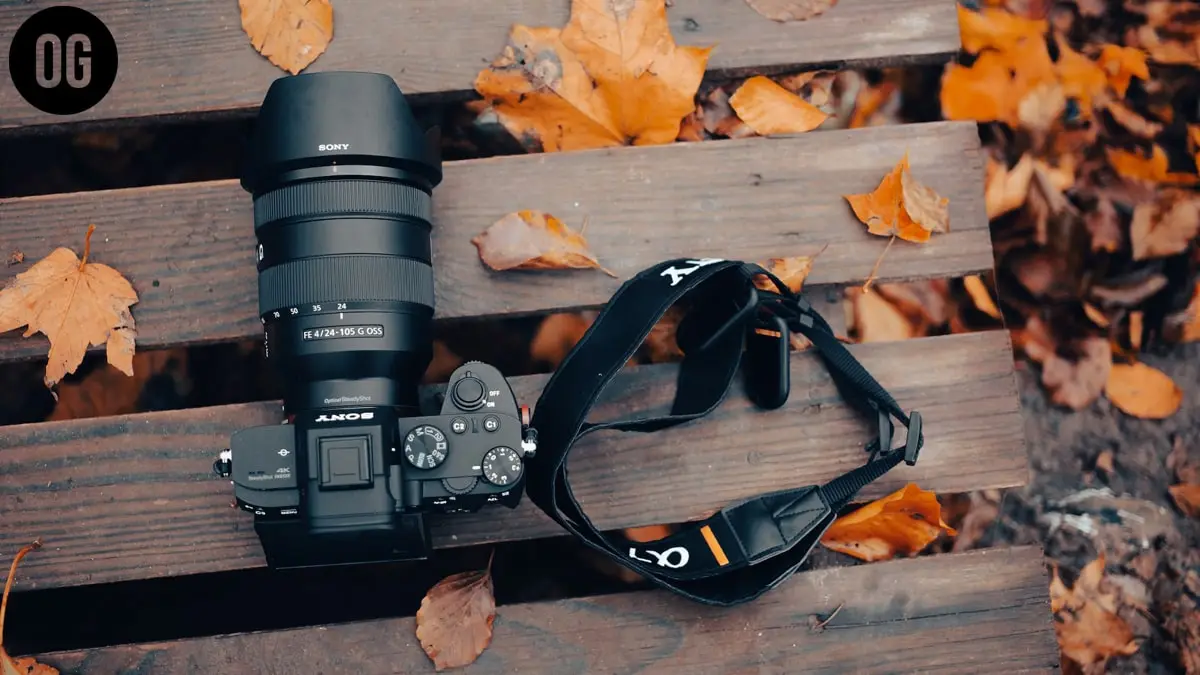
For Sensitive Gear
Dry bags serve as waterproof storage solutions, shielding sensitive gear like electronics, clothing, or food from moisture.
Made of durable materials like PVC or nylon with sealed seams, they prevent water intrusion, making them ideal for kayaking, hiking, or camping in wet conditions.
These bags come in various sizes, featuring roll-top closures or zip locks for added protection. While not entirely submersible, they safeguard gear from rain, splashes, or accidental immersion.
Their versatility extends to an organization within larger packs, ensuring essential items remain dry and functional, making dry bags indispensable for outdoor enthusiasts navigating unpredictable weather.
Balancing weight distribution
- Core Principles:
- Weight Close to Back: Place heavier items, like water, cooking gear, or food, closer to your spine for better balance and stability.
- Bottom-Centered Load: Ensure weight distribution evenly across the bottom of the backpack to maintain balance and prevent tipping.
- Pack Organization:
- Utilize Compartments: Distribute weight evenly by utilizing different compartments or pockets to prevent a lopsided load.
- Vertical Loading: Pack heavier items lower and towards the center of the pack, dispersing weight evenly from top to bottom.
- Adjustment Techniques:
- Strap Adjustment: Use backpack straps to cinch or loosen load straps, maintaining stability and adapting weight distribution based on terrain.
- Balanced Load: Regularly assess and readjust weight distribution during breaks or when changing terrains to ensure balance and comfort while hiking.
Related: 6 Essential Tips on How To Properly Fit Your Backpack
FAQs: How To Pack a Backpack For Overnight Camping
Where should I put my backpack at night?
Unless there’s food or a smelly mess on the backpack, and once all such tempting items are securely stored away in the suspended bear bag, it should be fine to leave it on the ground overnight. Whether it’s leaned against a tree, placed in your tent’s vestibule, or inside the tent with you, it should be safe.
How many liter backpacks are good for overnight camping?
30-50 liters backpack is perfect for 1-3 nights.
Do you sleep with the backpack in the tent?
There are different preferences regarding bringing the pack indoors versus leaving it outside overnight. Opting to have the pack inside often necessitates a larger, and consequently, heavier tent. However, regardless of where you keep the pack, I always recommend removing food from it at night and ensuring all zippers are open.
Is it better to wear clothes in a sleeping bag?
To maintain a cleaner sleeping bag and stay warm during chilly nights, it’s ideal to wear fresh, dry base layers. Opt for well-fitting clothes, preferably slightly loose to avoid restricting circulation while aiding in trapping heat close to your body.



